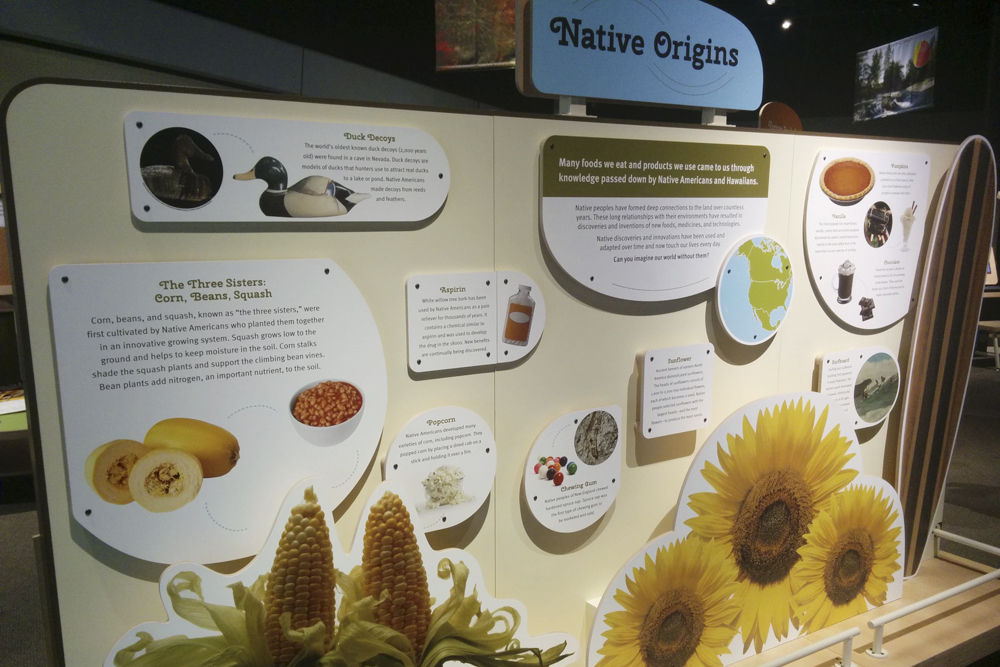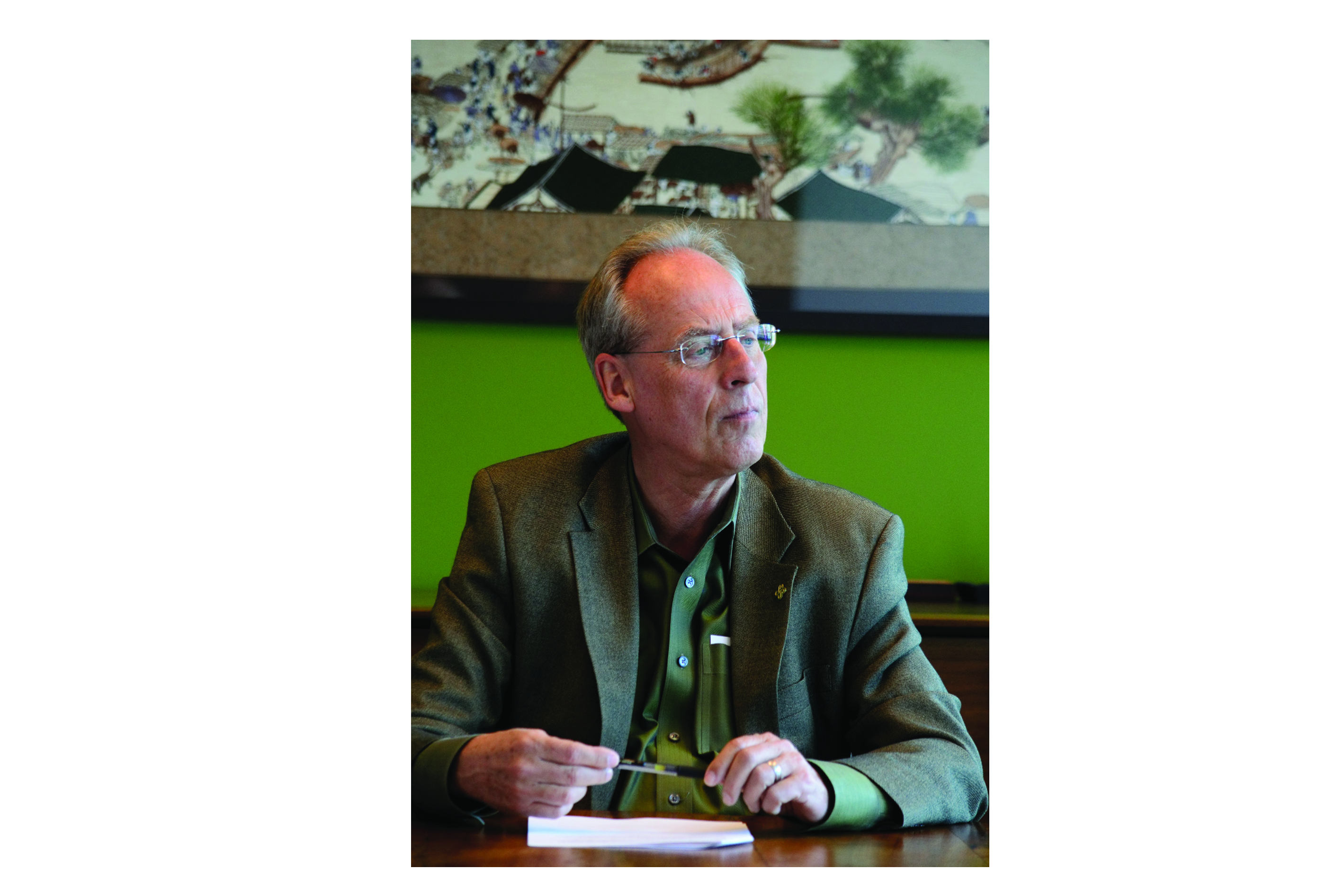Finding artful meaning in forms
Two exhibits currently on view in Portland galleries examine both use of paint and our very notion of forms. These are Erinn Kennedy’s new paintings on view at the Pulliam Deffenbuagh, 522 N.W. 12th Ave., and new paintings by Jack Chevalier and Ann Shiogi at the Alysia Duckler Gallery, 1236 N.W. Hoyt St.
Disembodied beauty
Kennedy’s new oil-on-canvas paintings belie the artist’s obsession with gendered objects like compacts and flowered choker necklaces. Represented alone on the canvas, the objects at first seem victims of disembodiment, and the colors – notably pink, rose and aqua tones – are themselves gendered in Western society.
Kennedy takes the gendered objects and hues and makes them beautiful by virtue of themselves. Alone on the canvas, a choker or a compact is painted in reference to the object itself, not as the gaudy creations it often is. What Kennedy does in her representation of the object is strip it of its material value, rendering it a form contemplated on a different level than that of simple accessory. The object itself contains beauty, rather than adorns it.
Released from the body, it comes to contain Immanuel Kant’s “purposelessness.” For Kant, an object could not truly be regarded as beautiful if it is “agreeable,” or useful, to the viewer. Kennedy essentially imbues the object with Kantian disinterestedness – we are not interested in it as a choker or a compact or, to take another (gender free?) example, a clock. In Kennedy’s world these items are not useful as adornments to beauty – they are forms. It is with her clean brushwork and vibrant colors that she makes them beautiful. The canvases brim with color, the technique is clean and simple, and the solid colors are affecting.
Imperfect perfection
At Alysia Duckler Gallery, a dual show featuring works of Jack Chevalier and Ann Shiogi finds the respective artists examining form each in their own way. Where Kennedy represents objects, turning them into forms, Chevalier and Shiogi work primarily with geometric forms.
What is interesting about Shiogi’s work is her use of oil and wax in making “perfect” squares and rectangles. With this choice of medium, Shiogi (a 1993 graduate of Portland State’s M.F.A. program) comments on the forms themselves. The imperfection of the medium becomes apparent as the viewer nears the work, thus the perfection of a given square or rectangle is diminished. The form is “imperfected,” and what at first seems a perfect rendering becomes – if you will – human.
For Plato, every form has its perfect essence-Shiogi comments on this very notion with her use of paint. The wonder viewers may hold toward an artist’s ability to recreate a “perfect” form is challenged by the very medium this artist chooses.
The paintings “South,” “West,” “East” and “North” (arranged left to right in that order) are essentially color studies, but beyond that, what Shiogi is studying is telling of her mindset. The four paintings all contain the same colors and the same number of squares, it’s the different arrangement of colors within each space that signify the respective directions.
Like Shiogi, Chevalier also paints perfect geometric forms – straight lines and square angles are juxtaposed with the gnarled and knotted wood on which they lay. In effect, the work reads like a new, stylized primitivism. What look like rough edges of pine left intact are in fact finished and coated to retain a rough-hewn look off-set by the straight lines and clean corners painted in acrylic on the wood.
The result is jarring. The viewer feels at the mercy of some unfinished business – as if Chevalier is taking out his aggressions on the pine. The artist has been working with wood for some years now, and this new work comes across as a comment upon the notion that anyone could “tame” a tree. Or maybe Chevalier’s simply putting his mark on nature, similar to the way an adolescent carves “J.C. WAS HERE” into the bark. It’s quite possible the artist has wrung all he can from the medium – maybe it’s time he moved on.




